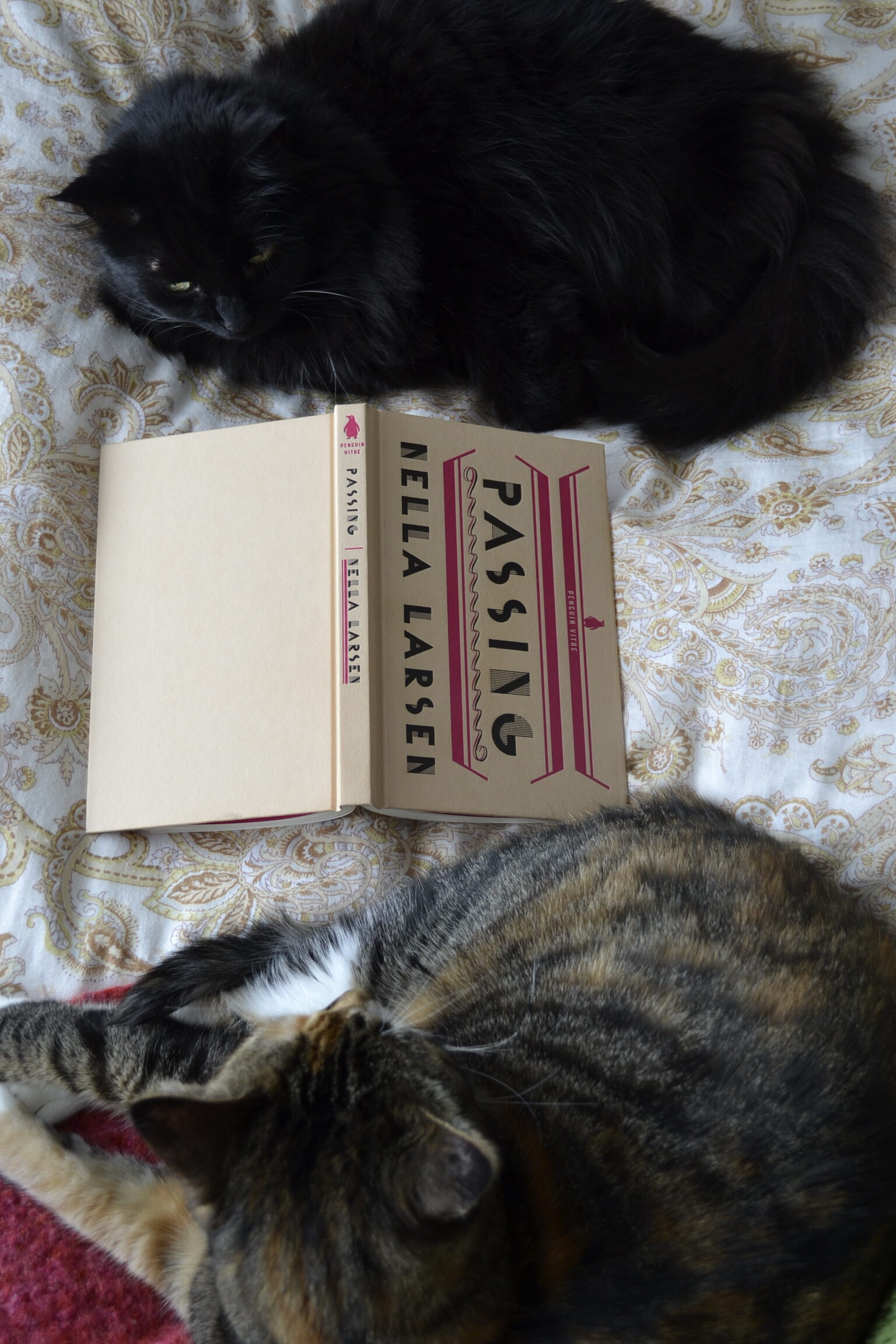Feast or Famine After a Dead Man’s Curve
Part of deciding to work in freelance editing is deciding that you prefer flexibility in your schedule and workload. But what you have to prepare yourself for is the fact that paycheques aren’t exactly steady, especially in the first few years. And you also have to prepare yourself for the possibility of constant cycles of feast or famine.
It changes almost on a dime. One week, my lovely spouse had a lot of free time and we were having an extra movie night as well as writing up a storm and discussing books until our voices gave out. Then this week we got a surprise rush job, on top of the normal work and the other extra job that my lovely spouse had already started. We’re always grateful for the ability to add to our very modest savings, but at the same time, it’s hard to have all of our time be eaten up by work so suddenly.
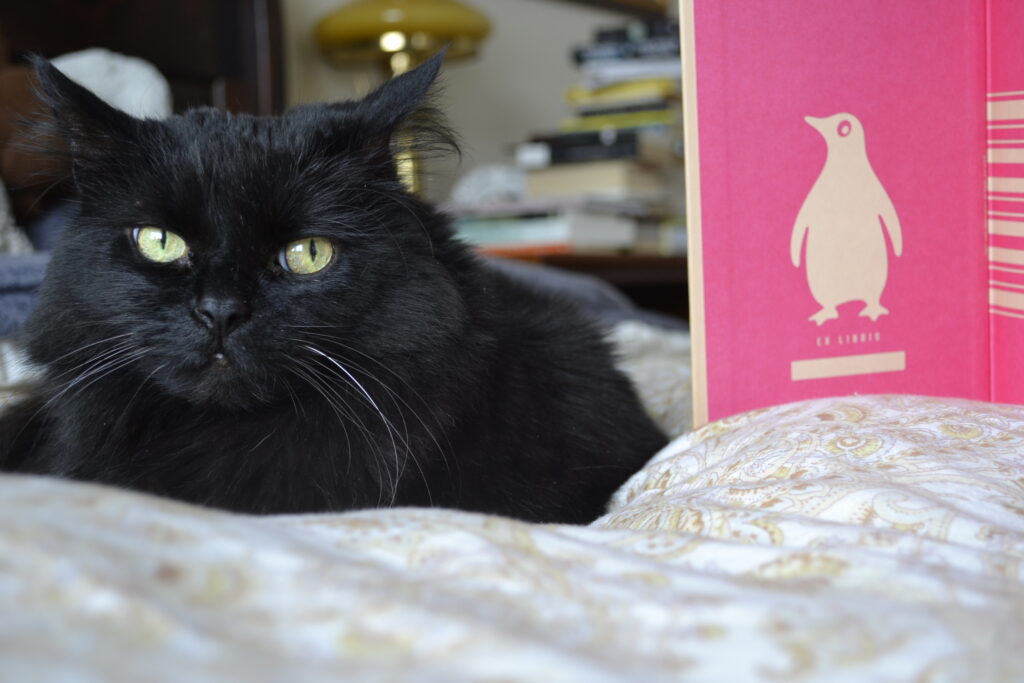
It can make for some long evenings and longer days. When I’m not feeling well mentally, it can be especially difficult to keep telling myself that it’s worth it to work a bit extra now while we can. Sometimes it feels like the price is too high and I want to just be able to talk to my lovely spouse and spend time with her without worrying about bills and savings and how much work we can handle versus how much is worth dealing with.
Often decisions have to be made fast and it’s hard to gauge how busy we’re going to be. However with experience we’re better at determining how much work is enough and how much is just too much.
Too High of a Price
Nella Larsen’s Passing is the story of two friends Clare Kendry and Irene Redfield. Both are light-skinned Black women, both are from the same community, and grew up together. But as they enter adulthood, they are divided by Kendry’s decision to pass as white and marry a white man. After Redfield runs into Kendry a few years later in Chicago, Kendry initially insists that she has gotten what she always wanted and has no regrets, but as time goes on she begins to regret what she’s done, long for what she left behind, and wonder whether the price for what she thought she wanted was too high.
Redfield is conflicted about this friend that isn’t a friend at all and who could make the horrible choice to leave everything and everyone behind to become the wife of a racist man all for material and social gain.
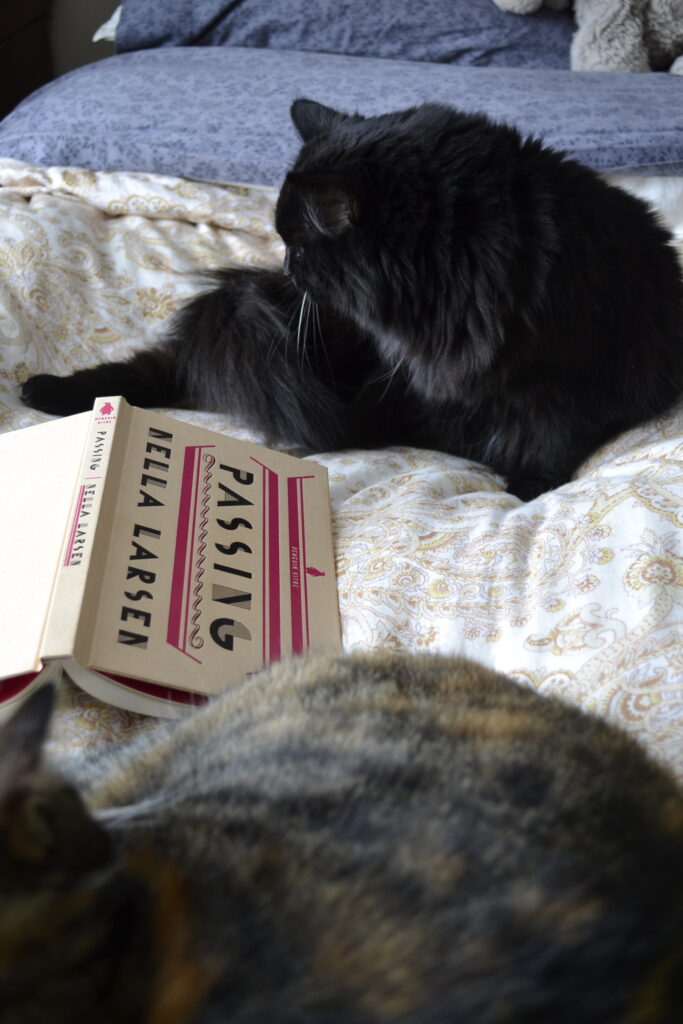
It’s a short, but compelling novel that is masterfully written for maximum impact. Larsen’s prose is incisive, blunt, and yet at the same time has a poetic flow and keeps the narrative driving forward smoothly but quickly. A perfect one-afternoon read.
Characters That Are More Than Characters
What I found most impressive about Larsen’s writing is how well she accomplishes a very difficult literary feat. Clare Kendry is a character but she also represents the idea of passing and Irene Redfield’s attitude towards passing.
Kendry is a selfish woman that only cares about getting what she wants without caring about the consequences of her actions or how they make others feel. She doesn’t see a problem with her behaviour, and doesn’t care about racism or racial issues as long as they don’t touch her.
Redfield finds Kendry repugnant, horrible, and wants nothing to do with her, but when she’s confronted with her wants what she has — her easy confidence and a life removed from the weight of systematic and pervasive racism.
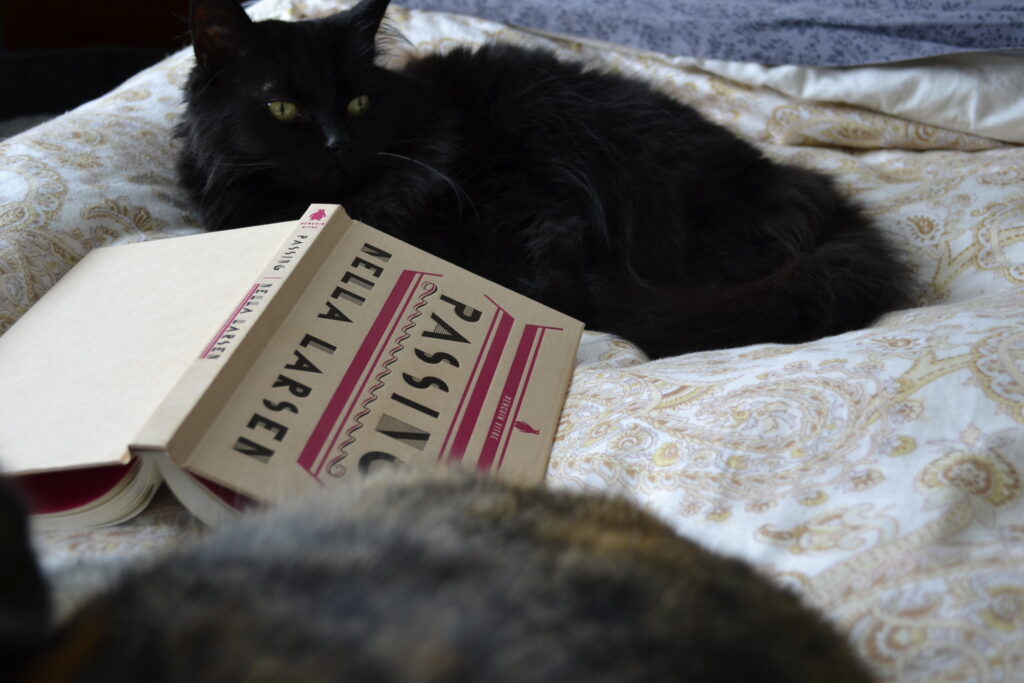
Larsen uses Kendry’s surface appearance and artificial charm as a personification of the advantages of the idea of passing, and how horrible she is just under the surface to represent what passing actually involves. Sometimes when an author attempts to use a character to embody a concept it creates either a wooden character that doesn’t manage to come to life, or else the concept is lost somewhere inside the lines of characterization.
Larsen avoids both of these problems to create a beautiful balance of concept and character that makes the book as powerful as it is and makes Passing a strong statement that’s impossible to forget.
A Note on the Edition
I had a choice of which edition to order from the local independent bookstore, and so I decided to order the one I’d lately seen so much of — the Penguin Vitae edition. Published in 2020, it’s very new, hardcover, and has a design meant to evoke the days of art deco (which is when this book was first published). I like the small hardcover format quite a bit, and it’s hard to find it in a modern printing. Plus the simplicity of the design as well as the sturdiness calls to mind the durability of the textbooks I used in high school English classes — in a good way.
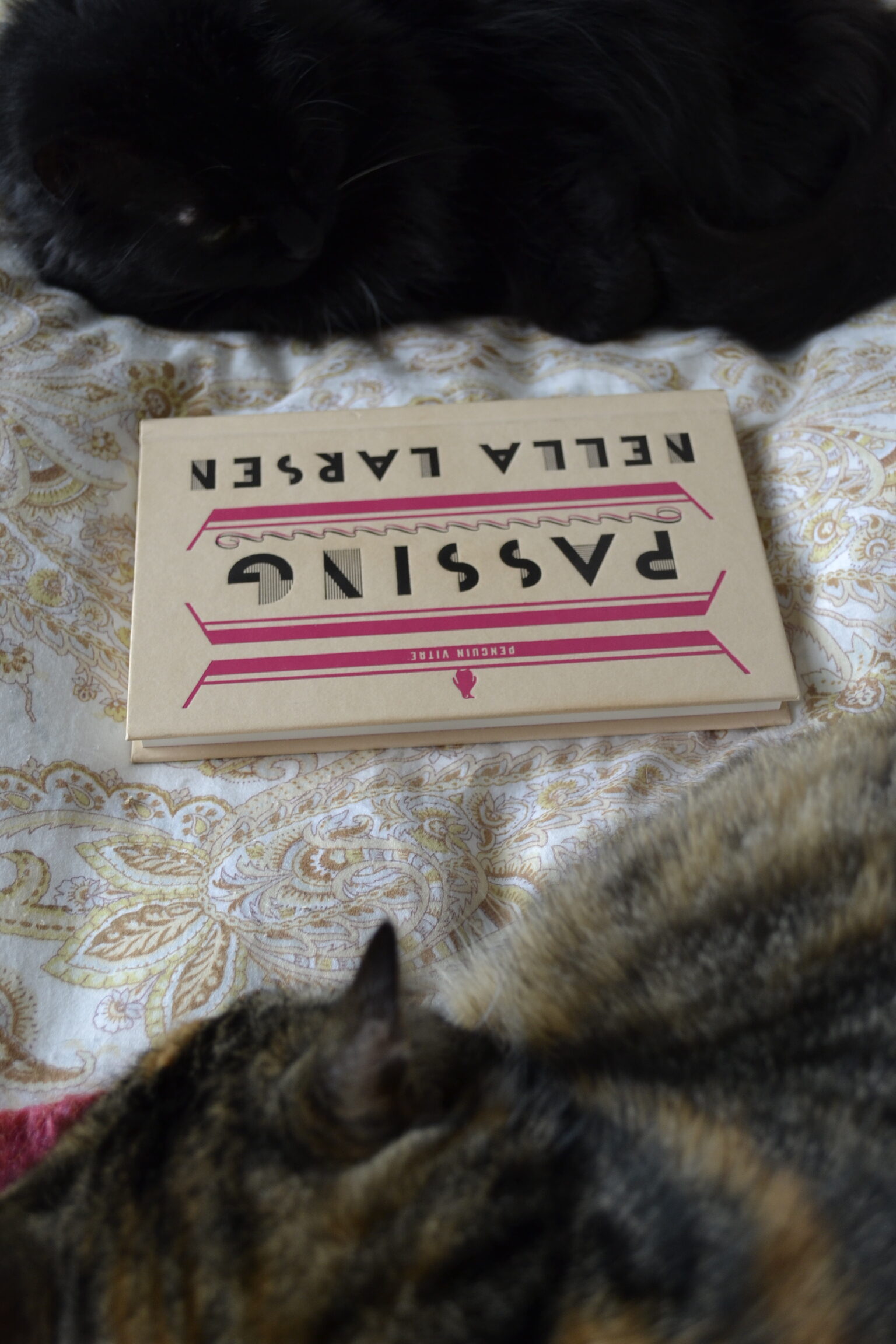
The price tag is a bit higher than expected, but at least the edition is designed to last through many re-reads, shelves, trips, and the bumps and bruises of the daily life of an appreciated book. It’s worth it for books that you know that you’ll treasure or that are significant enough to have a permanent place on your shelf.
I’ll Be Glad When It’s Over
One of the deadlines is over, but another two are looming and, at this point, I’ll just be glad when everything is submitted and we’re finished. Then it will be nice to get back to life as we used to know it — two weeks ago. Of course, the next rush job is probably lurking just over the horizon, but maybe we won’t feel like we have to take it when it does get here.
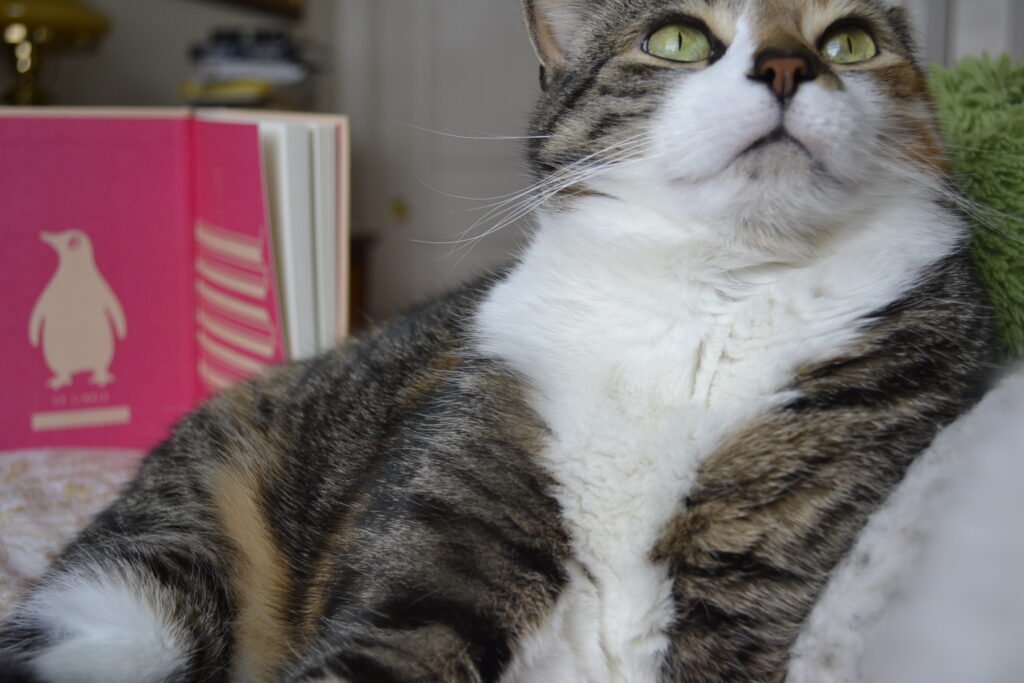
Passing concludes the selections for Black History Month, I hope you’ve found at least one new book to enjoy amongst them! Next month, I’ve decided to discuss autobiography beginning with Elias Canetti’s Party in the Blitz.
